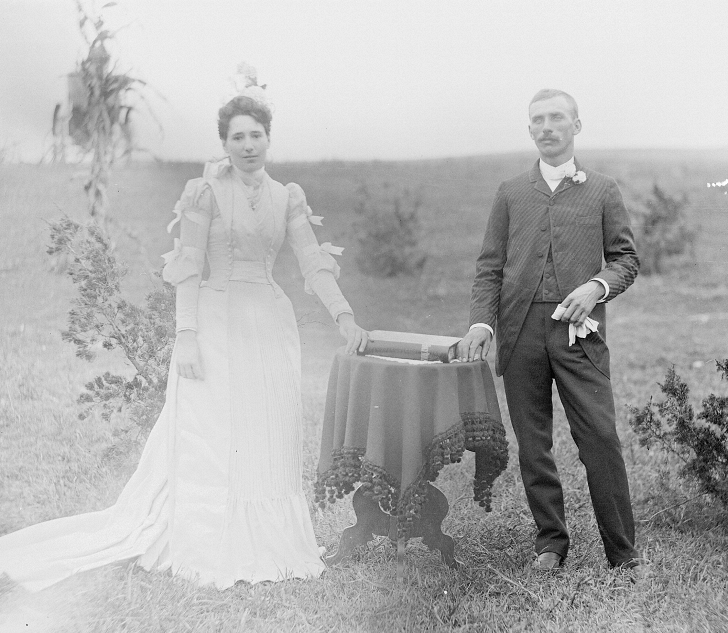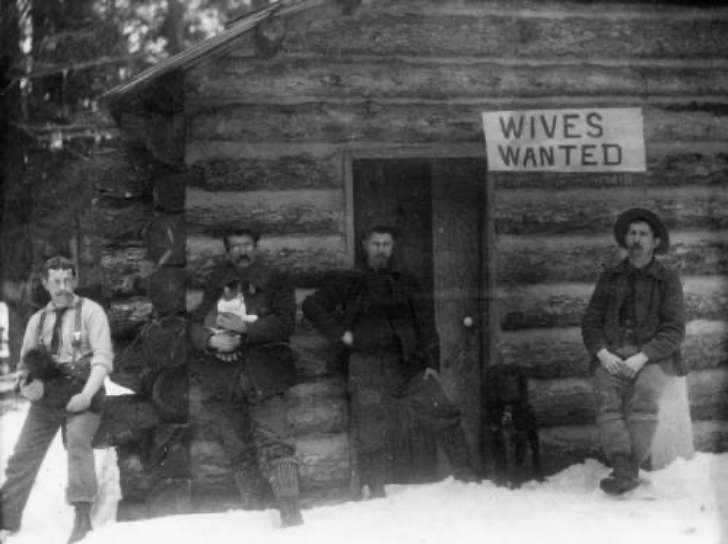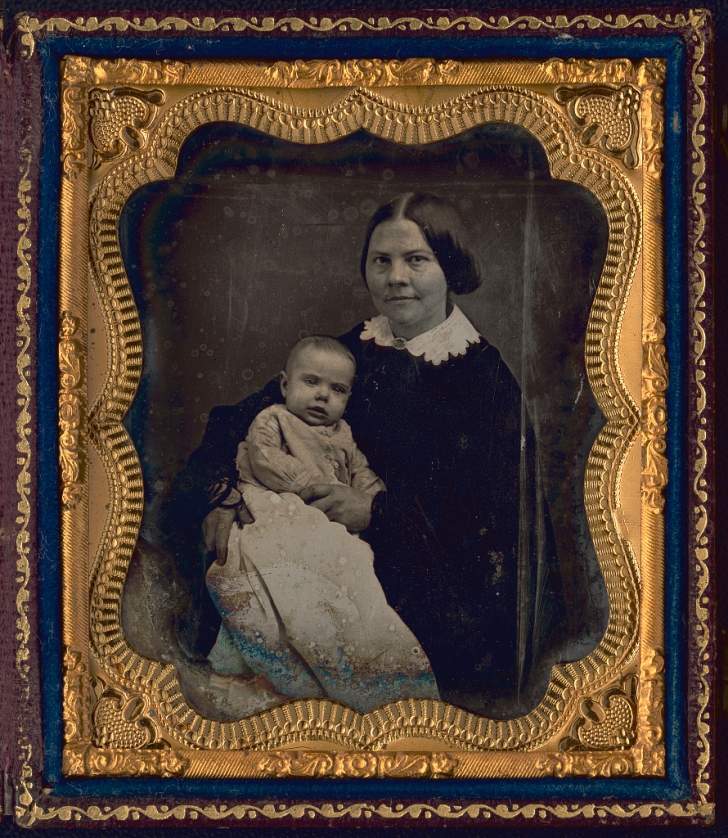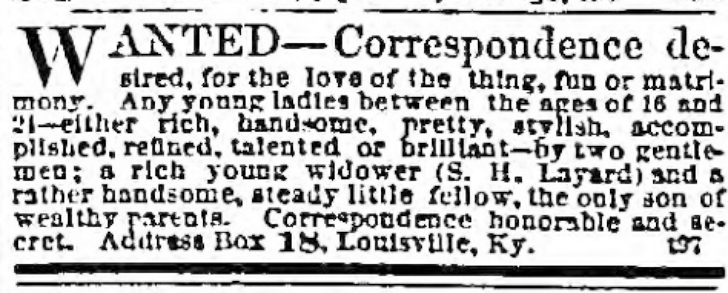What History Books Don’t Tell Us About Mail-Order Brides
These unions were often quite happy.
Many of us have grown up with the notion of mail-order brides as a somewhat regular part of frontier life in the mid-1800s up until the 1920s. You may have read Sarah, Plain and Tall or heard tell of a mail-order bride in your family tree. In today’s world the term can bring to mind unsavory practices, but in the days of the Wild West people had a much different attitude towards the phenomenon. There were a lot of reasons for both men and women to seek these marriages out, but they weren’t always strangers when they met.

In the 1800s illness and disease were rampant. People could die very suddenly from cholera, dysentery, or tuberculosis and women died in childbirth at rates much higher than they do today. This left many a farmer or business man without a wife. A singleton couldn’t have children of course, but there was also the matter of taking care of any surviving children, or running the house, and of companionship as well. Many men at the time married as soon as possible after becoming widowers.
Men also greatly outnumbered women in many areas, such as mining towns and areas heavy with ranching operations. Many of these places had been settled by eager young men who later found themselves with no female companionship. Similar problems had plagued Jamestown in the early 1600s when women who traveled to the colonies at the request of these men were known as “tobacco wives”.

During the 1800s women were also pressured to marry, especially if their parents were poor or were deceased. The earning power of a single woman seeking respectable work was often not enough to live on. Domestic service was always an option, but this type of lifestyle made having a husband and children impossible since employers only wanted single women devoted to their professions. For many women answering an ad was the superior choice in this situation. Even missionary trips were not possible if a woman was not married.
There was also the appeal for greater personal autonomy living out West for a woman. There might be fewer amenities on the frontier, but there were also fewer laws to abide by and fewer relatives to meddle.

The phrase “mail-order bride” implies the purchasing of someone or something, but according to the Smithsonian National Postal Museum these were not monetary transactions. Instead, the would-be husband in many cases paid for his intended’s journey. But, that was the limit to the money paid on these arrangements.
At the time, many of these relationships were less like mail-ordering and more like personal ads. Those wishing to marry would place want ads in newspapers that often ended in the line “object matrimony” to let interested parties know they were looking to wed. From there a pen pal relationship often developed. These relationships were called “correspondence courtships” and the name of “mail-order brides” wasn’t in use until the 20th century.

Often women would send a picture of themselves and so some people also called them “picture brides”. Some women came from the East Coast, while others were scouted from various European countries, as well as Korea and Japan. Far from being a way to order up a woman, many of the ladies who responded to ads for correspondence courtship had a sense of adventure and wanted to see the West. Some brides settled with their husbands in Midwestern states. At various points in history these states were the frontier and so held the same appeal as the Wild West for many.
Wedding announcements in local newspapers during this era often painted a picture of haste, such as one that reported on a couple marrying only 4 hours after they met. But, the reality was revealed a few lines down when it’s stated that they had been corresponding for around 2 years!

The personal ad above from 1865 was placed in the Chicago Tribune and reads: “WANTED- Correspondence desired, for the love of the thing, fun or matrimony. Any young ladies between the ages of 16 and 21 – either rich, handsome, pretty, stylish, accomplished, refined, talented or brilliant – by two gentlemen; a rich young widower (S.H. Layard) and a rather handsome, steady little fellow, the only son of wealthy parents. Correspondence honorable and secret. Address Box 18, Louisville, Ky.”
Were these unions happy? By all accounts they were as happy as many other marriages. Though some correspondence courtships only ever resulted in partnership without true love, for many people at the time love was not necessarily a feature of marriage. On the other hand mutual respect and the prospect of having a family were the main dealbreakers for many.
It might sound strange to marry someone you don’t know, but considering the long period of letter writing that usually preceded the wedding, this phenomenon of mail-order brides was more akin to our online dating than to the wife-dispensary service the name implies.
SKM: below-content placeholderWhizzco for DOT

